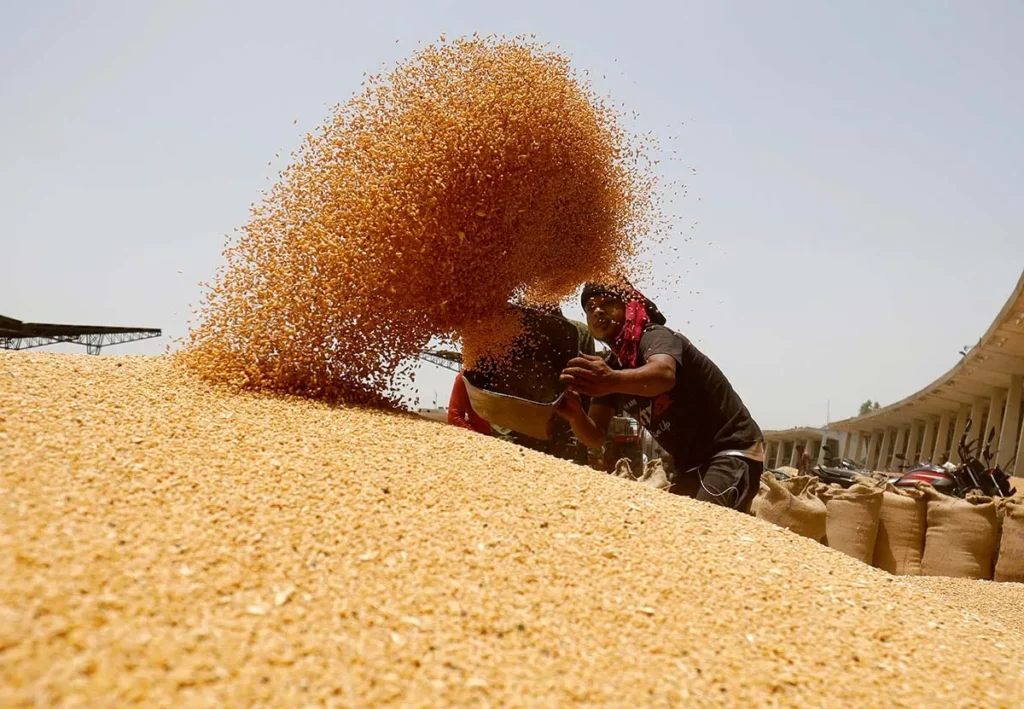
Projected Record Wheat Production:
- India’s wheat production is expected to reach an all-time high of 115.4 million metric tons in 2025. This would mark a significant increase compared to previous years and make India one of the largest producers of wheat globally.
- The Ministry of Agriculture in India made this projection based on the performance of wheat crops and other key factors that support high yields.
Factors Contributing to Higher Production:

- Higher State-Set Guaranteed Prices: The government has increased the minimum support price (MSP) for wheat, which is the guaranteed price paid to farmers for their crop. This encourages farmers to plant more wheat, as they can be assured of a better return on their investment. Higher MSPs make it more financially attractive to grow wheat, leading to an increase in acreage dedicated to the crop.
- Adoption of High-Yielding Seed Varieties: Farmers are increasingly using advanced seed varieties that are designed to produce higher yields. These seeds are more resilient to pests, diseases, and climate variations, making them a more reliable option for increasing production. The widespread adoption of such high-yielding varieties has been instrumental in boosting the overall wheat harvest.
Concerns about Potential Heatwaves:

- Despite the positive outlook, there are concerns about the impact of heatwaves in March, which could affect wheat production. March is a critical month for wheat as it is the time when the crop is in its flowering and ripening stages. High temperatures can damage the developing wheat, reduce yields, and affect the quality of the grains.
- Heatwaves could lead to a reduction in the wheat harvest if the temperatures rise significantly, especially in northern and central India, where wheat is a major crop. This could potentially lower the projected output.
Summary:
India is expected to achieve a record 115.4 million metric tons of wheat production in 2025, driven by higher minimum support prices for farmers and the adoption of high-yielding seed varieties. However, there are concerns that heatwaves in March could negatively affect the harvest, which could temper the overall yield. The situation highlights both the potential for record production and the vulnerability of agriculture to climatic changes.
